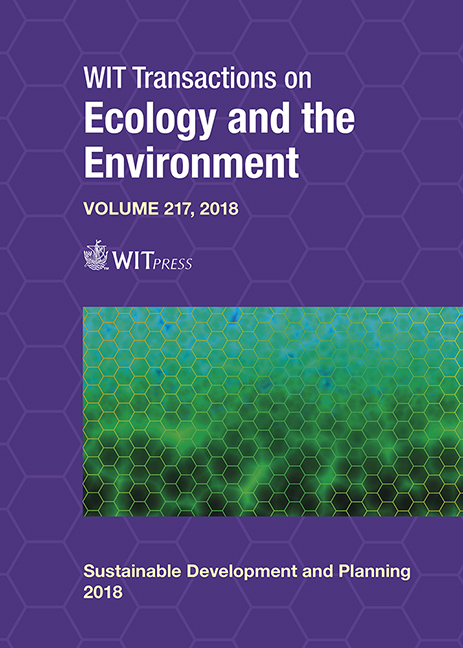THE INTERSECTION OF BIOPHILIA AND ENGINEERING IN CREATING SUSTAINABLE, HEALTHY AND STRUCTURALLY SOUND BUILT ENVIRONMENTS
Price
Free (open access)
Transaction
Volume
217
Pages
11
Page Range
663 - 673
Published
2018
Size
363 kb
Paper DOI
10.2495/SDP180561
Copyright
WIT Press
Author(s)
ELAINE AYE, DANIEL HACKETT, CHIARA POZZUOLI
Abstract
As horizons in the urban world are increasingly diminished by the encroachment of skyscrapers and tall structures, humanity is lifting away from the natural environment. For generations, cities have been designed in ways that degrade the environment and alienate inhabitants from nature. With the densification of cities, building vertically is an obvious and sustainable choice – yet there are no trees, gardens or green spaces in the sky. A growing trend is for architects and engineers to create new ecosystems within urban high-rise environments, incorporating the concepts of biophilia – the inherent human instinct to connect to nature and the natural world. Biophilic design, by extension, weaves natural materials, natural light, vegetation, nature views and other experiences of the natural world into the built environment. This paper examines this overlooked aspect of our built environments, and the synergy between effective engineering and biophilic design. As engineers, we consult on the interactions of a building, its surrounding environment, and the human experience, taking a holistic approach while asking critical questions: Is it structurally safe? Is it sustainable? Does it contribute to occupant health and comfort at every level, while protecting those on the street below? We vet structural integrity and enhance occupant comfort as it relates to wind and thermal impact. For instance, if trees are added to 40-story-tall balconies, or an exterior green wall is integrated with cladding, it is vital to test wind loads to ensure stability and safety. While trees and greenery can reduce exposure to sun, block unwanted winds, and filter air, thereby increasing occupant well-being, they can also pose unique risks that may require creative engineering. The future of building is deepening in complexity, but with biophilic design and state-of-the-art engineering, we can create a utopian standard that binds modernization with the natural world.
Keywords
biophilia, biophilic design, wind engineering, consulting, consultant, wind speed, wind tunnel, CFD, health and well-being





